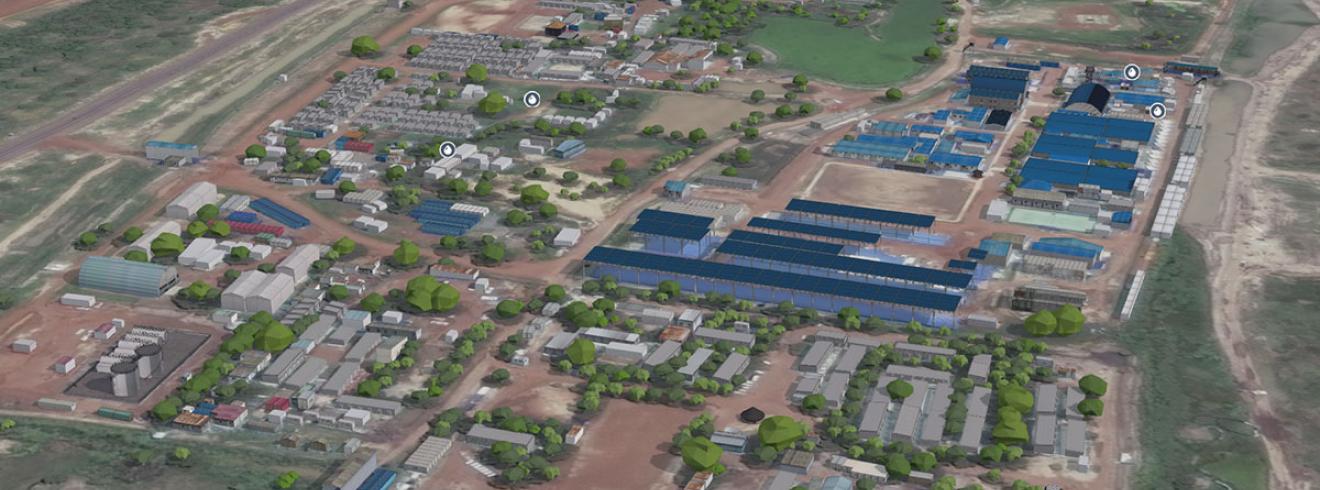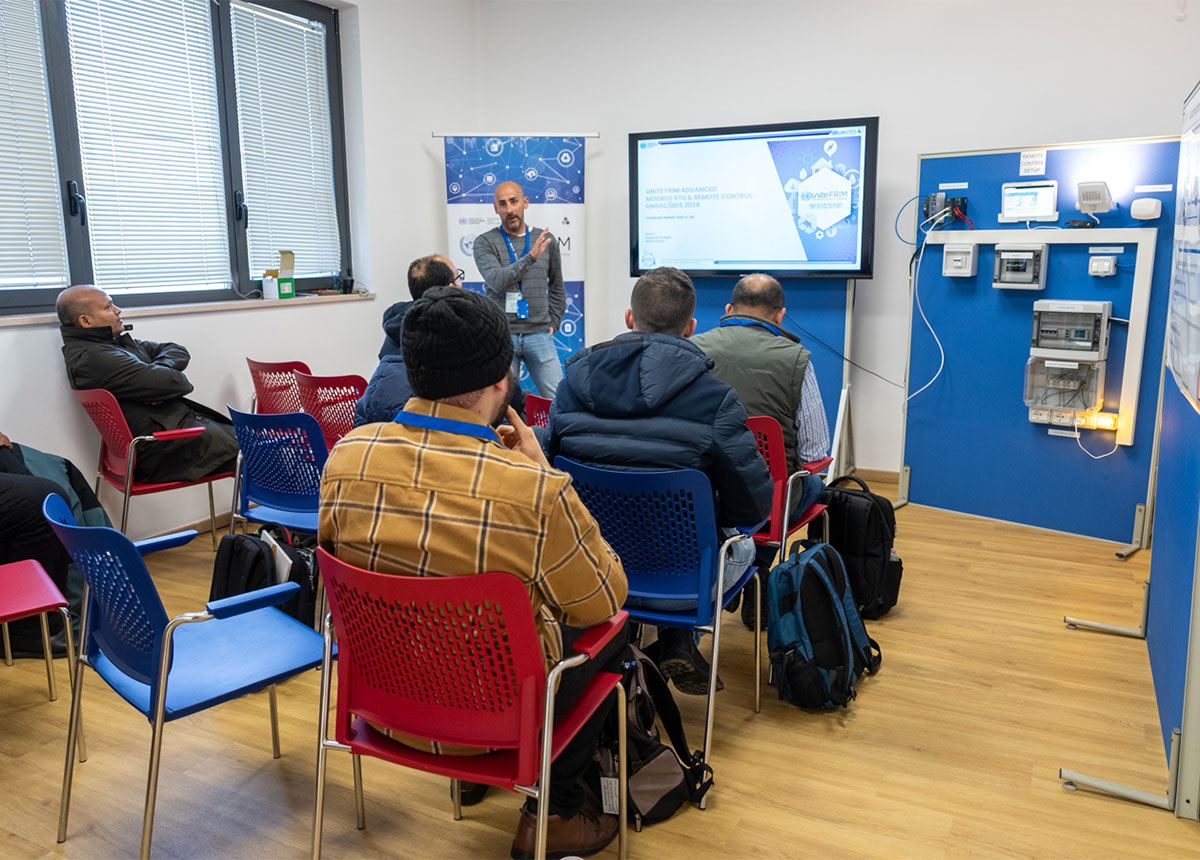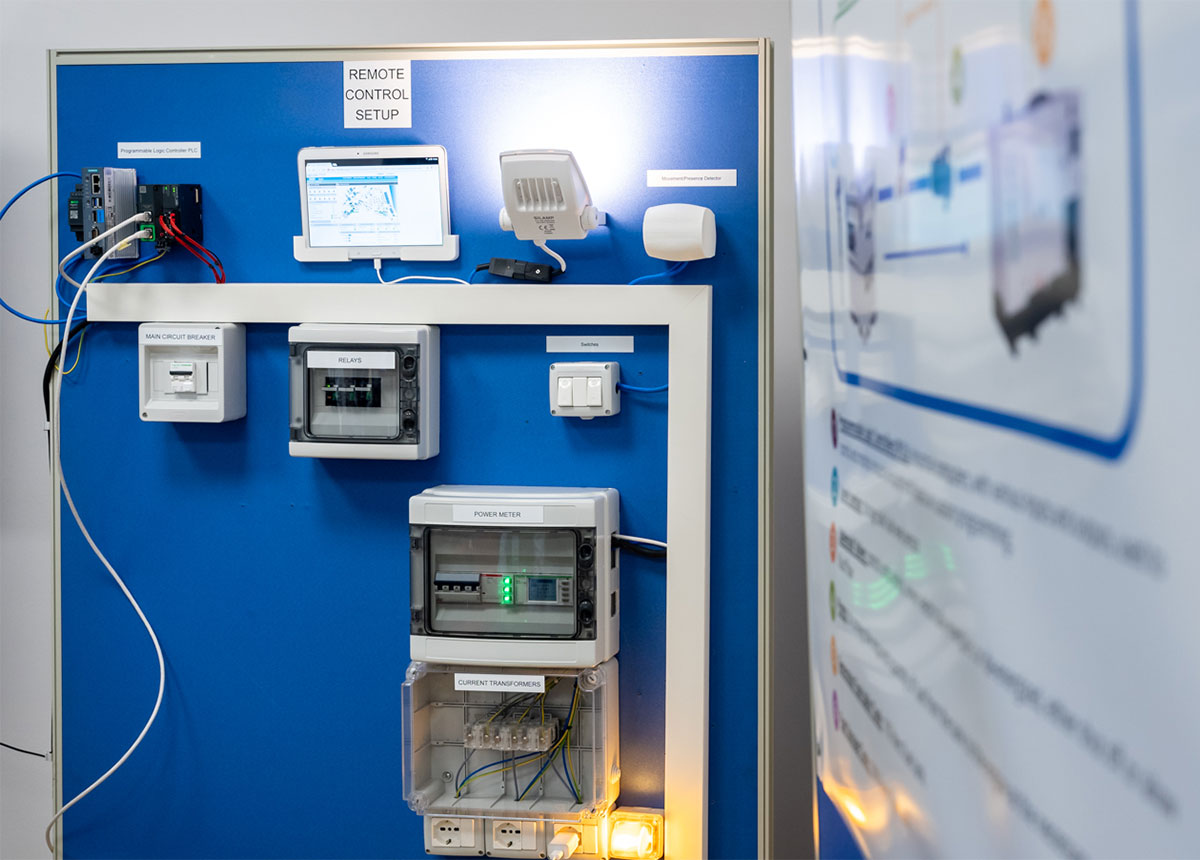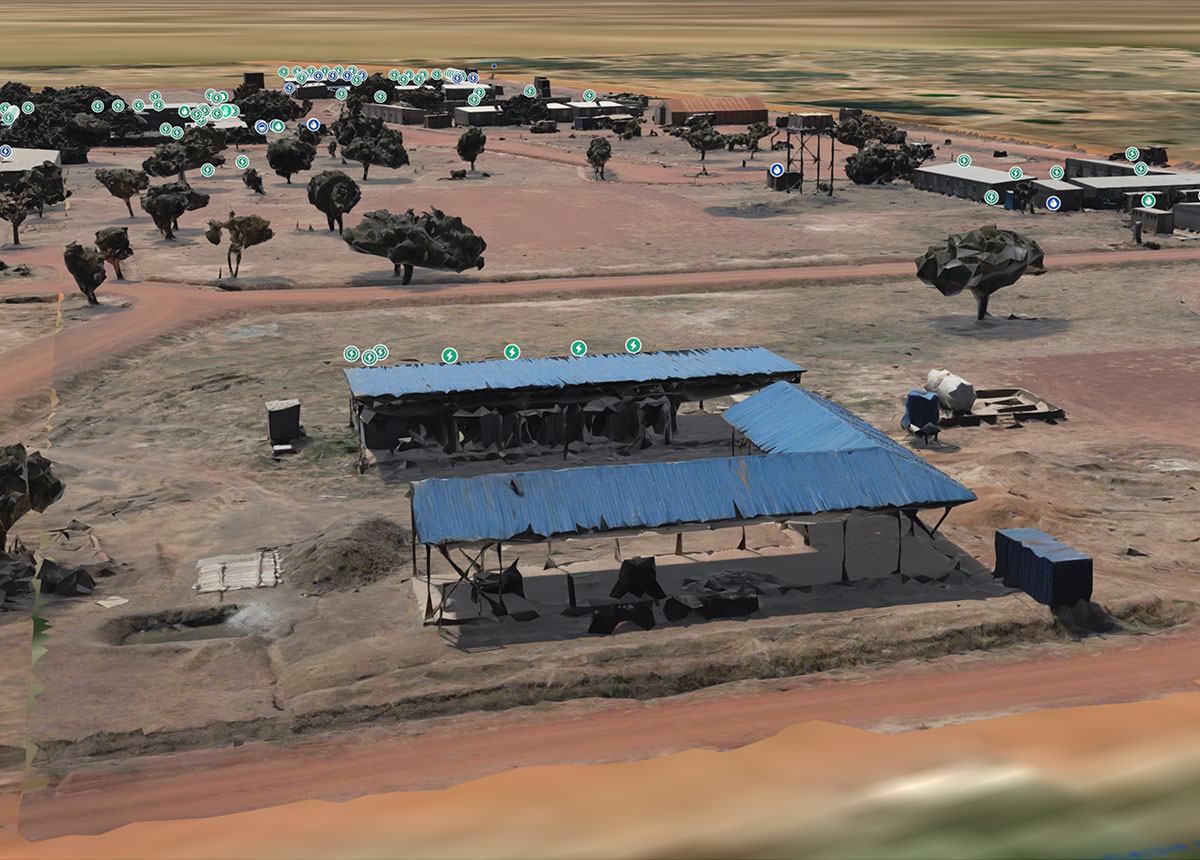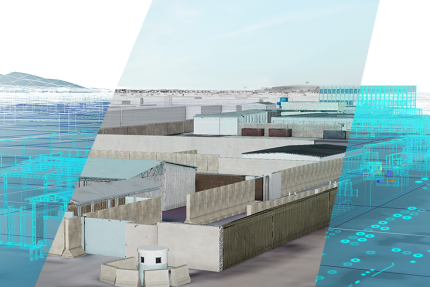The Past
The United Nations Interim Security Force for Abyei (UNISFA) operates in one of the most remote and challenging environments in the world, so isolated that helicopters are the only way to reach mission headquarters. With no municipal services, utilities, or sewage systems, it relies on its own infrastructure for communications, water supply, and power generation. But without real-time data, mission teams struggle to accurately monitor the available resources, identify the causes, and quickly fix issues when they arise.
To address such challenges, the United Nations Global Service Centre (UNGSC) launched the Field Remote Infrastructure Monitoring (FRIM) programme for field missions and other entities in 2018. Initially built to manage the data centre infrastructure in Brindisi and Valencia, the in-house platform was expanded to support field missions, monitoring the field infrastructure to ensure reliable and efficient operations around the clock.
Considering its challenging context, UNISFA’s leadership was among the first to embrace this technology to gain automated, real-time insights into resource availability and consumption. Collaborating with UNGSC, they installed over 2,400 smart sensors. Mr. Wilfredo Jr. Acierto, Information System Assistant in the mission, has been involved with this project since its inception.
“Before FRIM, tracking faults on power lines and junctions was mainly guesswork”, said Mr. Acierto. “FRIM gives us a clear view of what’s happening now and what’s happened before. That’s made a huge difference in how we manage our facilities and resources”, he added.
However, implementing FRIM is more than just connecting sensors to a platform. In real-world environments, sensors and metres can lose connection or malfunction, leading to missing or unreliable data. To address this, UNGSC developed an integrated Internet of Things (IoT) Data Pipeline [a system that gathers and processes sensor data] supported by a Data Quality Index (DQI), providing technical teams and decision-makers with clear insights into data reliability. Automated tools further enhance this system by detecting unusual patterns and assessing data accuracy, ensuring that decisions are based on trustworthy information. This approach aligns with the UN Data Strategy’s core pillars: leveraging technology, applying robust processes, enforcing effective governance, and empowering people to maximise the value of data.
To test the combined effectiveness of FRIM and the IoT Data Pipeline, three pilot projects were launched in 2024 within UNISFA, UNMIK, and UNGSC. These pilots refined the solution through continuous assessment and iteration.
The Present: UNGSC, UNISFA, UNMIK and Four New Missions
Between April and December 2024, the pilot project validated that the IoT Data Pipeline could collect, clean, and transfer data reliably. In UNISFA, this led to a 13% increase in data accuracy, resulting in fewer outages, better resource allocation, and smoother operations.
"Making FRIM work better is an ongoing process that relies on collecting data, tracking how things are going, and making improvements. This approach has helped us at UNISFA. We were able to clearly see how our energy and water use changed over time and understand the benefits”, said Mr. Wilfredo Jr. Acierto from UNISFA.
UNMIK is currently undergoing an impact assessment. “We expect that this project will benefit UNMIK by enhancing our ability to make informed decisions, cut costs, and deliver more with limited resources,” said Mr. Naseer Nabil, Chief Field Technology Service (FTS), UNMIK.
In addition to UNGSC, UNISFA and UNMIK, this solution is currently being implemented in the four other UN missions—UNFICYP, UNMISS, UNSOS, and UNAMA—which are steadily enhancing their capabilities in remote infrastructure monitoring. Together, these missions had installed more than 6,800 sensors as of April 2025 and are assessing the effectiveness of FRIM’s IoT Data Pipeline and monitoring their DQI.
The Future: Scaling Up the Benefits
As these pilot projects draw promising successes, UNGSC is expanding FRIM’s IoT Data Pipeline in a phased manner across 20+ missions and entities, including the above-mentioned missions, tailored to their specific needs and readiness.
This expansion includes improving data integration with UN-wide platforms, emphasising consistency and interoperability. The DQI target is set at 90%, further strengthening the foundation for data-driven decision-making both in the field and at headquarters.
UNGSC is also launching eLearning programmes on IoT, data analytics, and AI to empower UN personnel to better engage with these systems.
“With FRIM and the IoT Data Pipeline, we can now predict and respond to the use or consumption of water, fuel, and energy in real time, as we’ve already seen at UNISFA. This is a huge step in ensuring that our organisation has accurate and reliable data, supporting smarter decisions aligned with the UN Data Strategy,” said Mr Michel Bergeron, Chief of Service, Information Systems and Telecommunications at UNGSC.
Learn more about Field Remote Infrastructure Monitoring here.
Learn more about the FRIM IoT latest updates here.
If you are interested in learning more about the work that UNGSC is doing in this field, please contact: unitefrimpmo@un.org.
